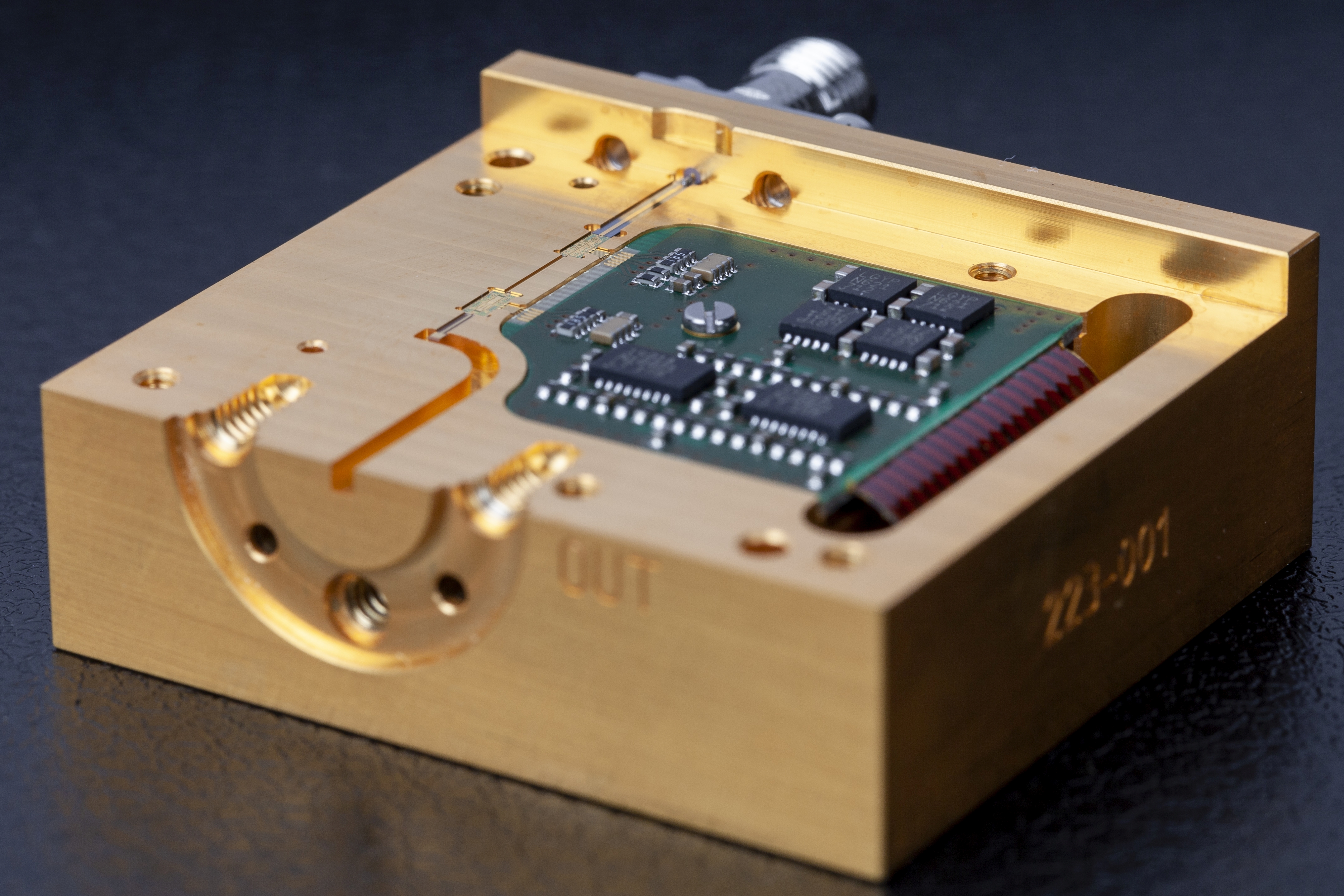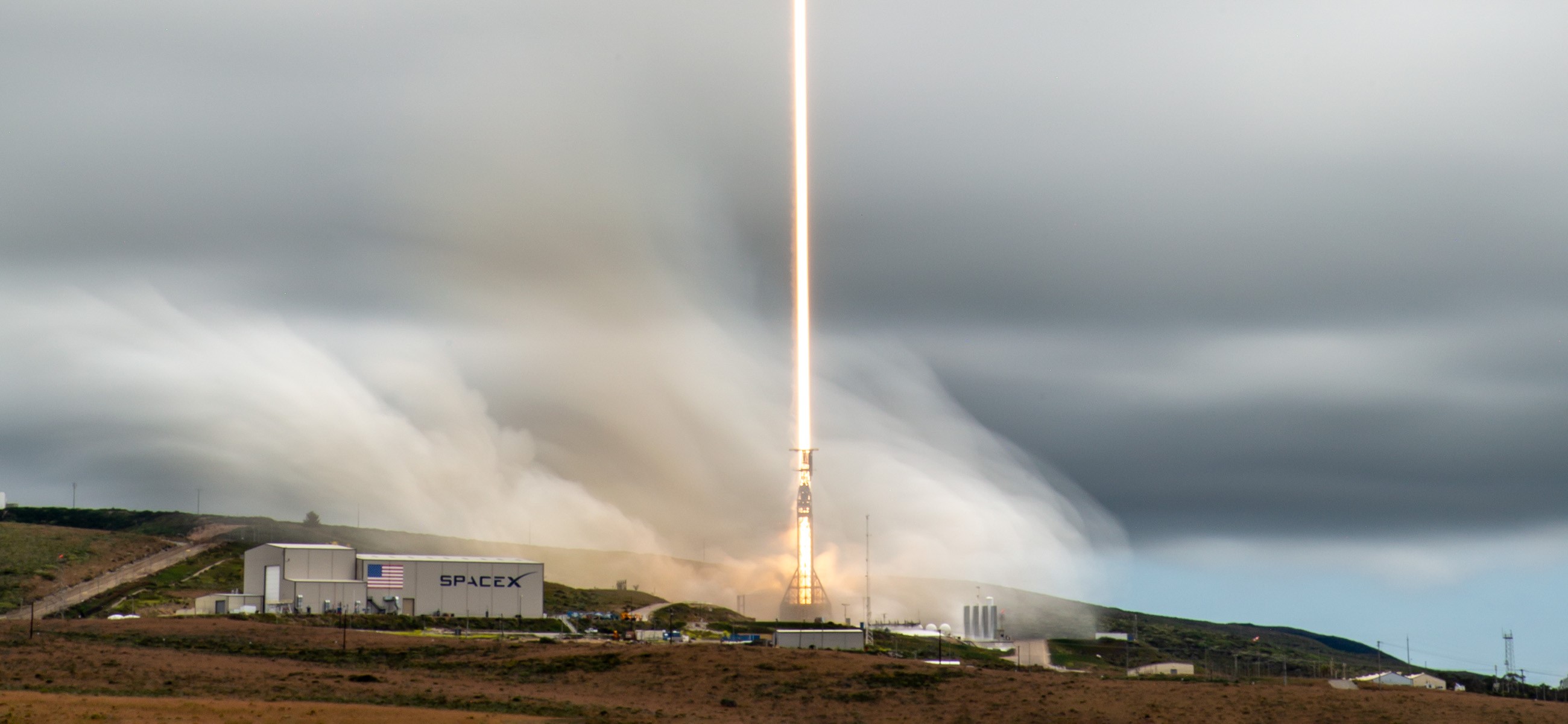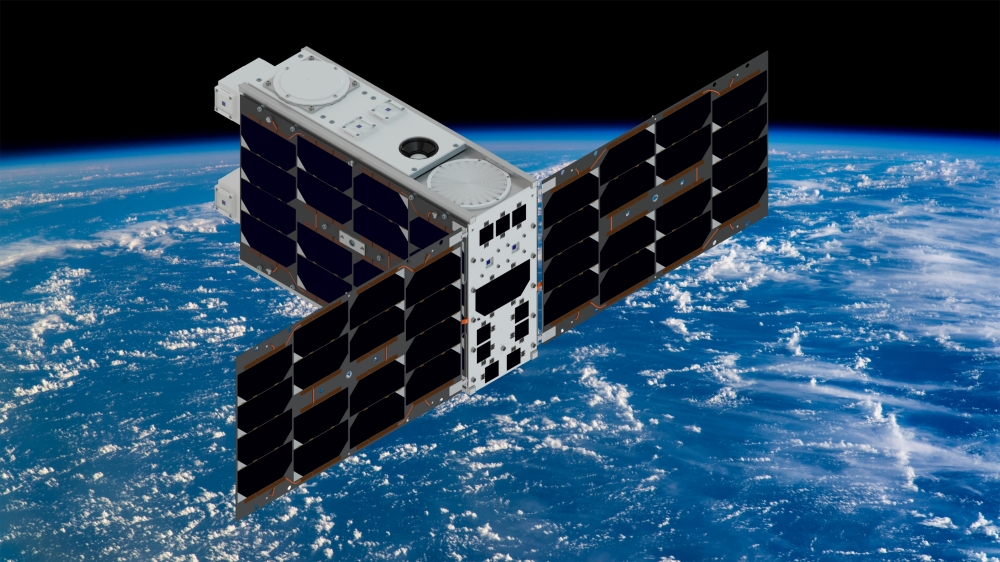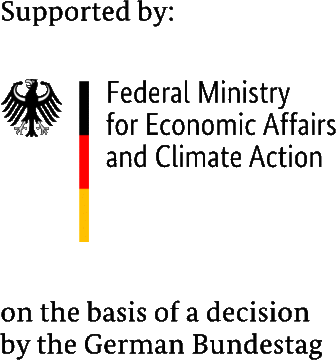

In order to open up new frequency ranges for broadband satellite communication and to ensure the steadily growing demand for data rates, the project EIVE will demonstrate the world's first in-orbit verification of a communication link in the E-band. Two particularly high-performance transmission and reception technologies of the Fraunhofer IAF are being deployed: GaN solid-state power amplifiers (SSPA) and low-noise mHEMT receiver amplifiers (LNA).
The in-orbit verification involves the launch of a nano-satellite with six CubeSat units, the operation of the ground station and the satellite by a control center and the investigation of the transmission quality of various modulation formats and variable baud rates depending on the weather conditions.
 Fraunhofer Institute for Applied Solid State Physics IAF
Fraunhofer Institute for Applied Solid State Physics IAF
